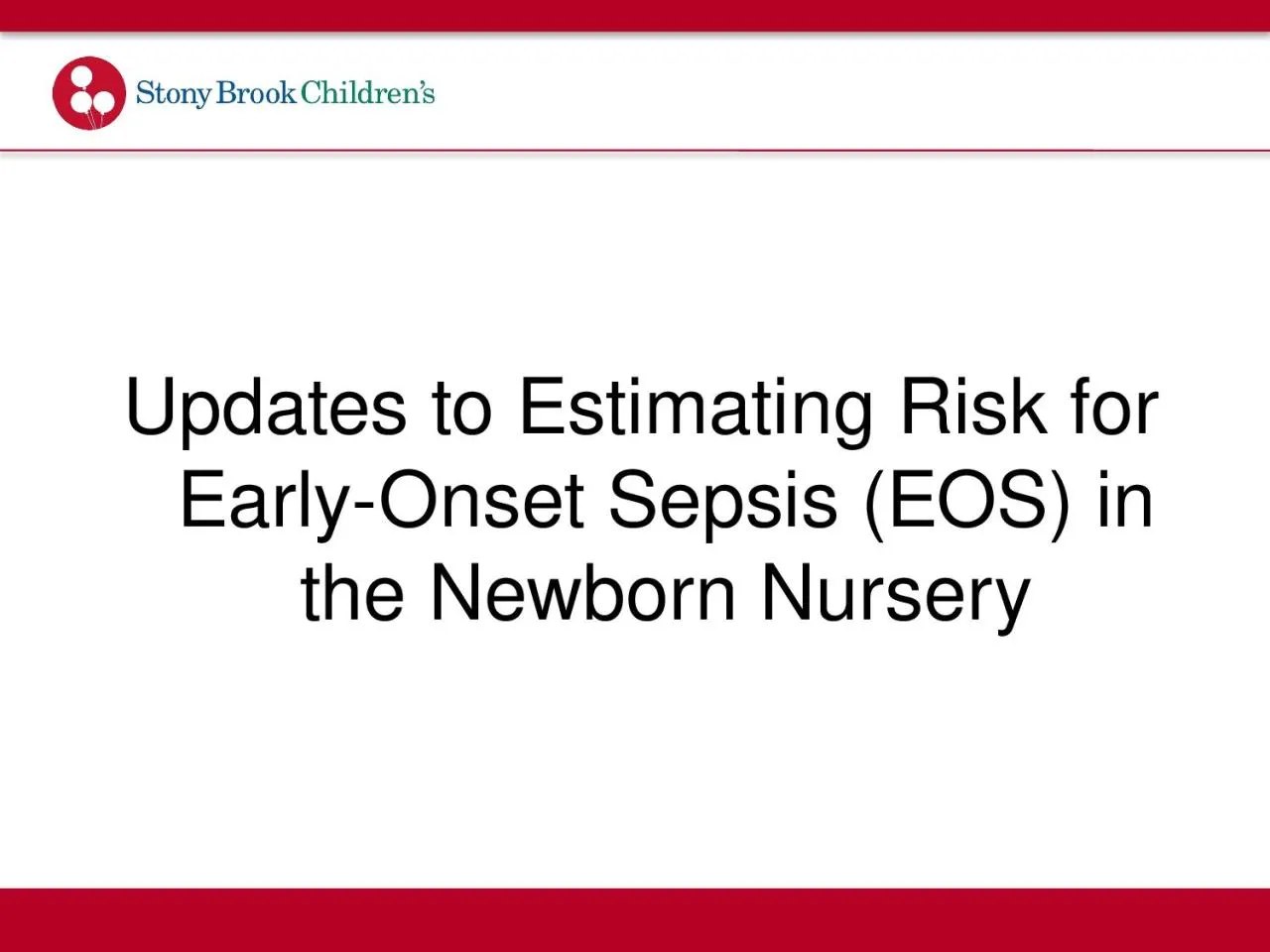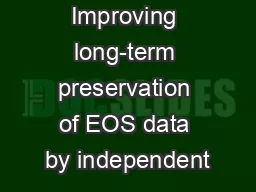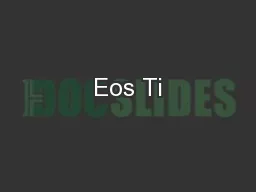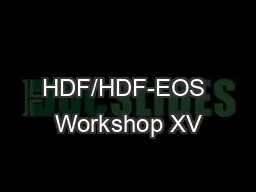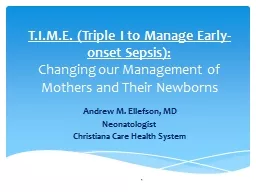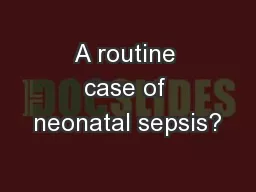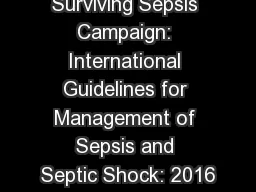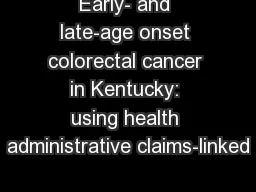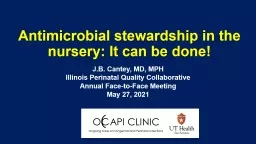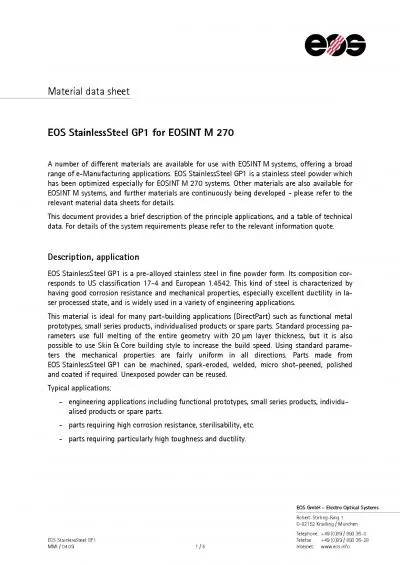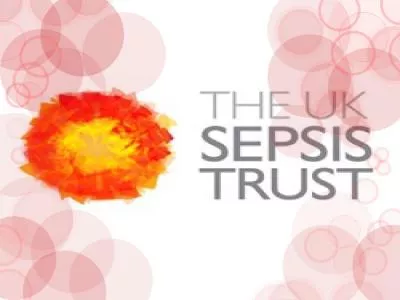PPT-Updates to Estimating Risk for Early-Onset Sepsis (EOS) in the Newborn Nursery
Author : hanah | Published Date : 2022-06-07
Neonatal Early Onset Sepsis EOS Culture proven invasive infection blood or CSF that occurs from birth to 6 days of age Rare but lifethreatening Most often caused
Presentation Embed Code
Download Presentation
Download Presentation The PPT/PDF document "Updates to Estimating Risk for Early-Ons..." is the property of its rightful owner. Permission is granted to download and print the materials on this website for personal, non-commercial use only, and to display it on your personal computer provided you do not modify the materials and that you retain all copyright notices contained in the materials. By downloading content from our website, you accept the terms of this agreement.
Updates to Estimating Risk for Early-Onset Sepsis (EOS) in the Newborn Nursery: Transcript
Download Rules Of Document
"Updates to Estimating Risk for Early-Onset Sepsis (EOS) in the Newborn Nursery"The content belongs to its owner. You may download and print it for personal use, without modification, and keep all copyright notices. By downloading, you agree to these terms.
Related Documents

